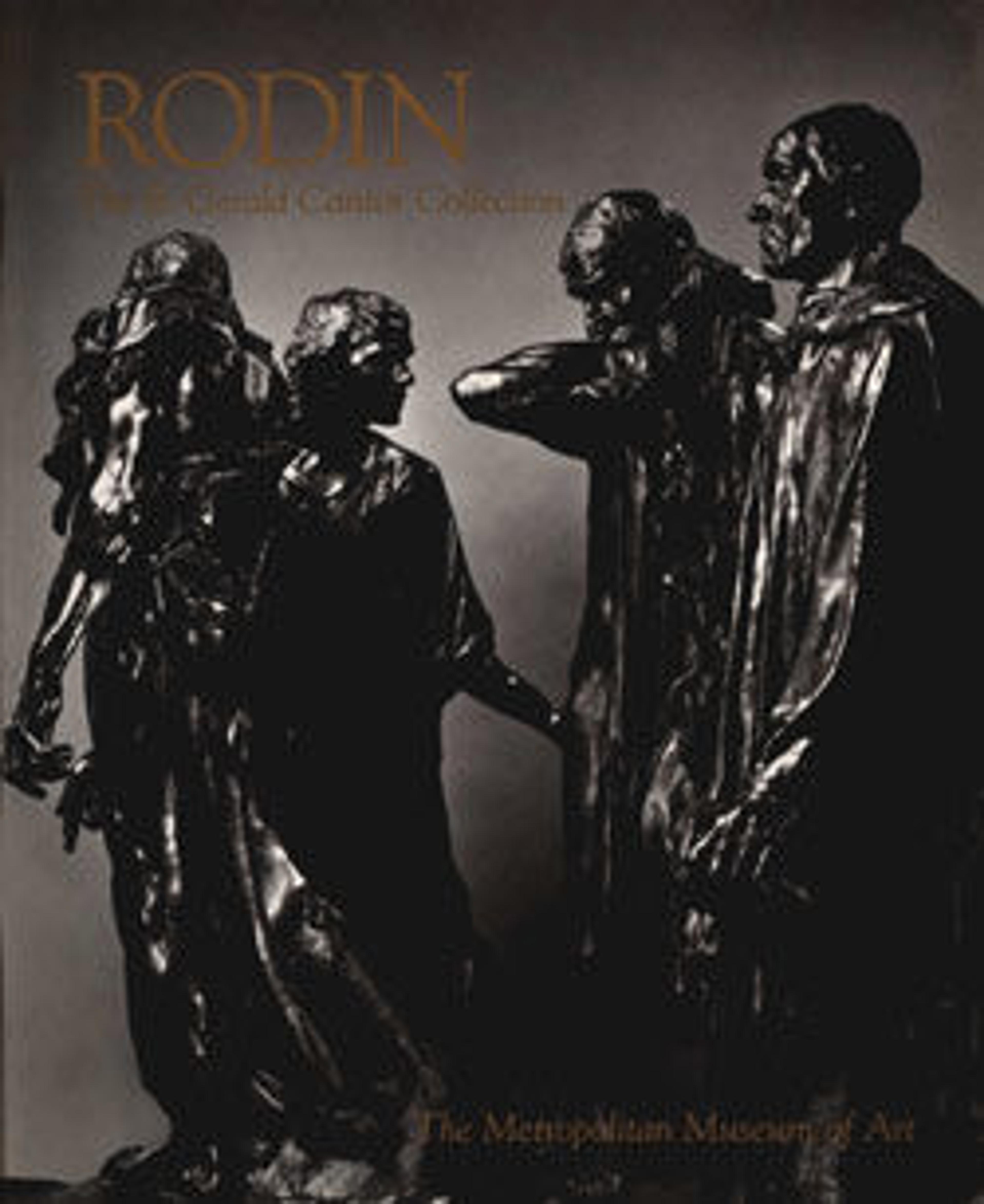Torso
This bronze cast preserves the aggressiveness with which Rodin could attack his clay figures. He tore and gouged the torso with his hands and sliced at its arms and thigh with wire. Contemporary critics often decried these acts as "mutilations" of the human body and considered them direct assaults on artistic ideals. But in such fragments Rodin sought to achieve an aesthetic beauty that was heroic and complete, saying of another work, "Don’t you see I left it in that state intentionally?" Rodin displayed a large-scale plaster cast of this composition at his 1889 joint exhibition with Monet at Galerie Georges Petit in Paris. He later reused a version of Torso to create The Walking Man.
Artwork Details
- Title:Torso
- Artist:Auguste Rodin (French, Paris 1840–1917 Meudon)
- Founder:Coubertin Foundry
- Date:modeled ca. 1877–78, cast 1979
- Culture:French
- Medium:Bronze, marble base
- Dimensions:wt. confirmed: 20 1/2 × 10 × 6 3/8 in., 31.1 lb. (52.1 × 25.4 × 16.2 cm, 14.1 kg)
Height (with base): 23 in. (58.4 cm) - Classification:Sculpture-Bronze
- Credit Line:Gift of Iris and B. Gerald Cantor Foundation, 1984
- Object Number:1984.364.1
- Curatorial Department: European Sculpture and Decorative Arts
More Artwork
Research Resources
The Met provides unparalleled resources for research and welcomes an international community of students and scholars. The Met's Open Access API is where creators and researchers can connect to the The Met collection. Open Access data and public domain images are available for unrestricted commercial and noncommercial use without permission or fee.
To request images under copyright and other restrictions, please use this Image Request form.
Feedback
We continue to research and examine historical and cultural context for objects in The Met collection. If you have comments or questions about this object record, please contact us using the form below. The Museum looks forward to receiving your comments.
